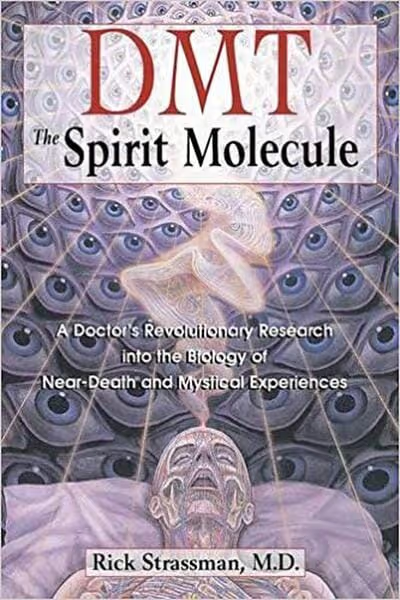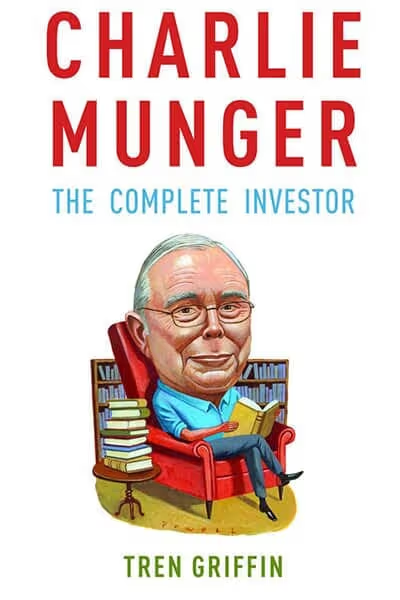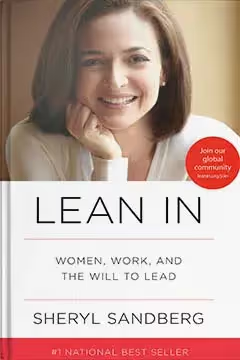Programming Perl
Perl is a prominent programming language that debuted in 1988 and has gained in popularity since then. The first version of this book, Programming Perl, was published in 1990 and immediately became the language's indisputable bible. Perl has evolved since then, and this book has as well.
Programming Perl is more than a Perl book. As one might anticipate given its creators, it's also a one-of-a-kind introduction to the language and culture. Larry Wall, the creator of Perl, offers a unique viewpoint on the language's growth and future direction. Tom Christiansen was one of the language's early proponents, and he understands the subtleties of Perl internals like few others. Jon Orwant is the editor of The Perl Journal, a publication that has brought the Perl community together to discuss new advancements in the language.
Any Perl book may illustrate the syntax of the language's functions, but only this one offers a thorough reference to all of the language's nooks and crannies. Typeglobs, pseudohashes, and closures can all be explained in a Perl book, but only this one demonstrates how they function in practice. My is faster than local in any Perl book, but only this one explains why. My is faster than local in any Perl book, but only this one explains why. Any Perl book can have a title, but only this one is lovingly referred to as "The Camel" by all Perl programmers.
Programming Perl, Third Edition has been updated to cover version 5.6 of this growing language. Threading, the compiler, Unicode, and other new features since the previous edition are among the new subjects covered.
The three chief virtues of a programmer are: Laziness, Impatience and Hubris.






















































